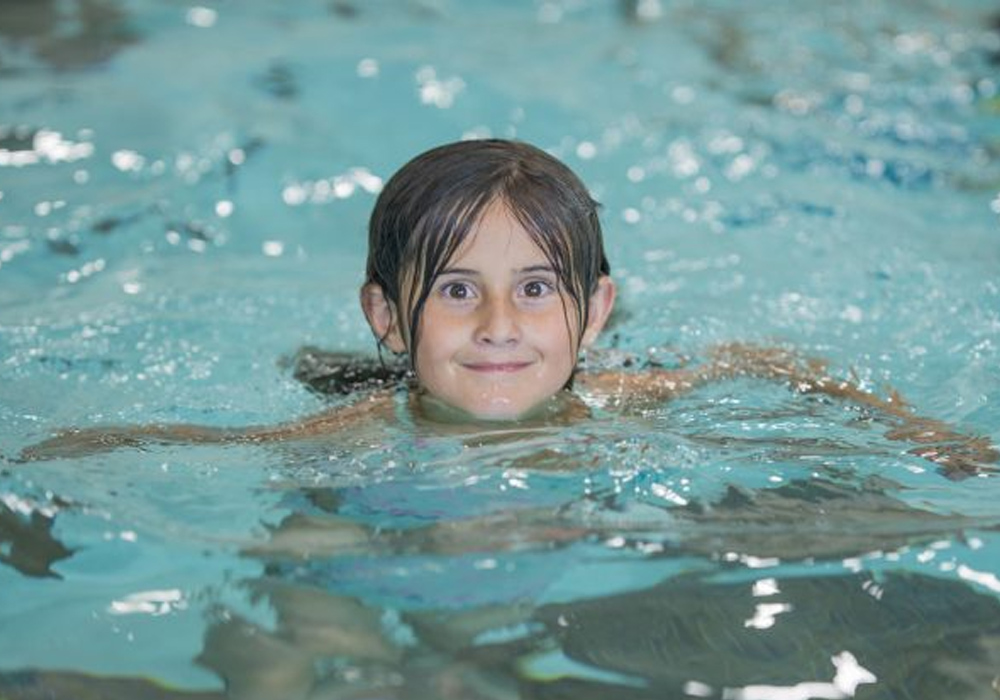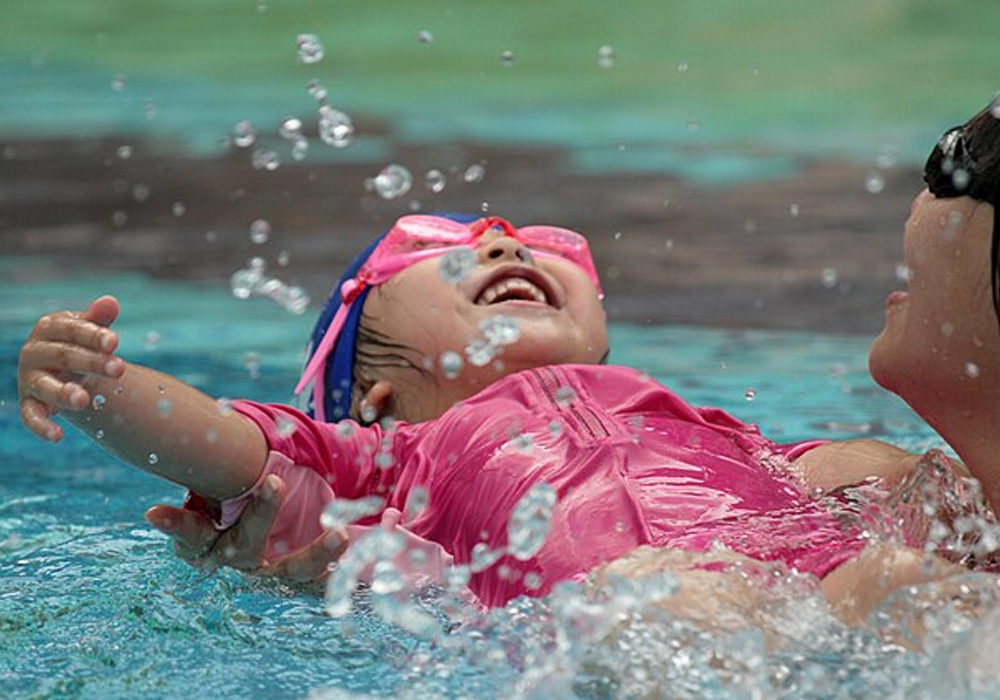This post has already been read 328 times!
Survival Swim Skills. Embarking on your swimming journey? Whether you’re a complete novice or looking to refine your aquatic prowess, mastering foundational skills is the key to a confident and enjoyable experience in the water. In this comprehensive guide, we will delve into the three essential swimming skills every beginner should prioritize. From the serene art of back gliding to the indispensable technique of treading water and the rhythmic swim with reach and pull hand movement, these skills form the bedrock of swimming proficiency.
Back Gliding As One Of Survival Swim Skills

Back gliding is a fundamental swimming skill that involves floating on your back while maintaining a streamlined body position. This technique is crucial for several reasons:
Buoyancy and Relaxation: Back gliding helps beginners develop a sense of buoyancy and relaxation in the water. Floating on the back allows individuals to experience the support of the water and gain confidence in their ability to stay afloat.
Resting Position: In a water emergency or when feeling fatigued during a swim, the ability to transition to a back glide provides a resting position. This is particularly important for conserving energy and regaining composure before continuing to swim or seeking assistance.
Survival Skill: Back gliding is considered a survival skill because it allows individuals to keep their airway clear of water. In the event of accidental submersion, being able to effortlessly turn onto the back and float can be a lifesaving ability.
Introduction to Floating: For beginners, back gliding serves as an introduction to the concept of floating. It helps individuals overcome any fear of being in a horizontal position in the water and builds the foundation for more advanced swimming skills.
Treading Water

Treading water is the ability to stay afloat in an upright position without using any forward propulsion. This skill is essential for various reasons:
Water Confidence: Treading water enhances water confidence by allowing individuals to maintain a stable position in the water without the need to swim continuously. This is particularly valuable in deep water or situations where standing is not possible.
Resting and Observing: Treading water provides a platform for rest and observation. Swimmers can take a break, assess their surroundings, and plan their next move without the need to touch the pool floor or the ground beneath.
Survival in Open Water: In open water scenarios, such as lakes or oceans, treading water is a vital survival skill. It enables individuals to stay afloat while awaiting rescue or making decisions about the safest direction to swim.
Building Endurance: Treading water builds endurance and strengthens the muscles used in swimming. It is an excellent cardiovascular exercise that contributes to overall swimming stamina.
Swim with Reach and Pull Hand Movement

The swim with reach and pull hand movement is a combination of arm movements used in various swimming strokes. Understanding and practicing this movement is essential for beginners for the following reasons:
Propulsion: The reach and pull hand movement generate propulsion, allowing swimmers to move efficiently through the water. This is a key aspect of learning to swim and is foundational to mastering strokes like freestyle and backstroke.
Stroke Technique: Mastering the reach and pull helps beginners develop proper stroke technique. It involves extending the arm forward (reach), grabbing the water with the hand, and pulling it back towards the body. This fluid motion propels the body forward and lays the groundwork for more advanced swimming techniques.
Breathing Coordination: The reach and pull movement are closely tied to proper breathing coordination. Beginners learn to time their breaths with the arm movements, promoting a smooth and rhythmic swimming experience.
Body Position: Practicing the reach and pull contributes to maintaining a horizontal body position. This is essential for reducing drag and ensuring efficient forward movement through the water.
Coordination and Balance: Learning the swim with reach and pull hand movement enhances coordination and balance in the water. It requires synchronization between the arms, legs, and breathing, fostering a harmonious swimming technique.
In conclusion, back gliding, treading water, and the swim with reach and pull hand movement are foundational skills that provide beginners with the building blocks for water safety, survival, and proficiency in swimming.
These skills not only instill confidence and comfort in the water but also lay the groundwork for the acquisition of more advanced swimming techniques. As individuals progress in their swimming journey, mastering these fundamental skills becomes the springboard for exploring various strokes, building endurance, and enjoying the many physical and mental benefits of swimming.
